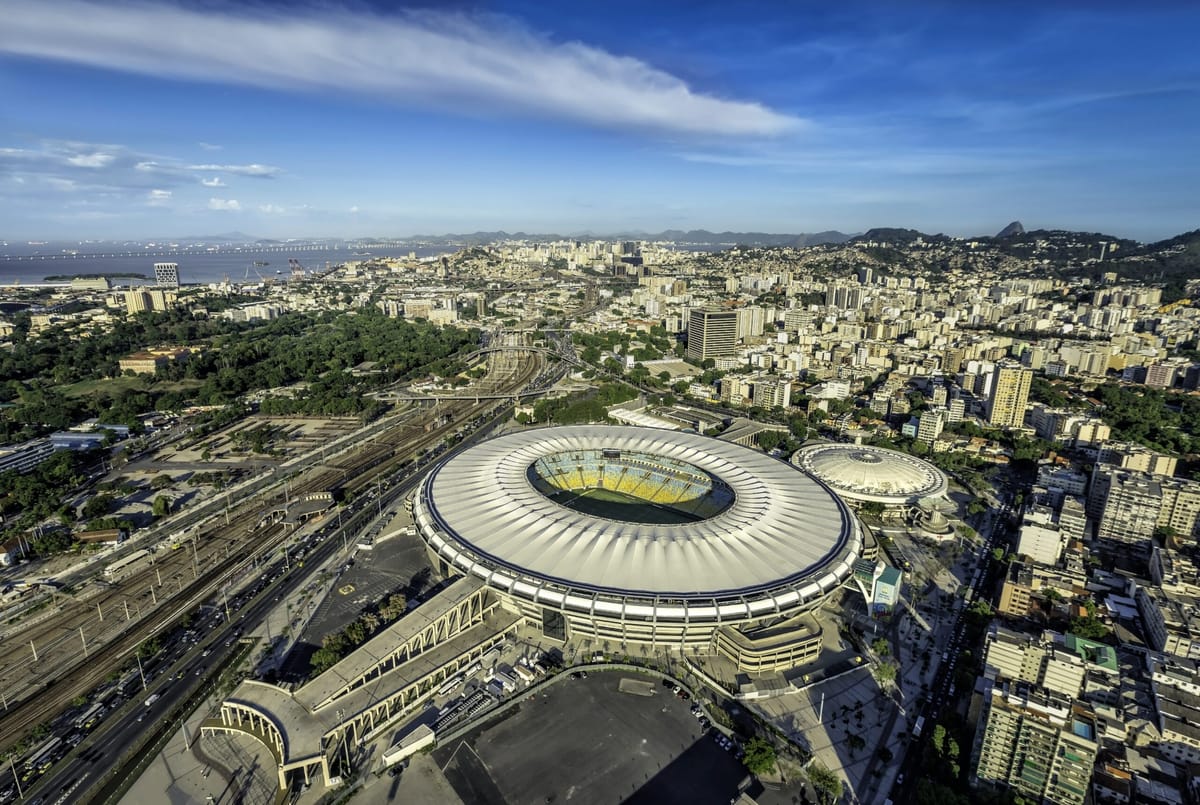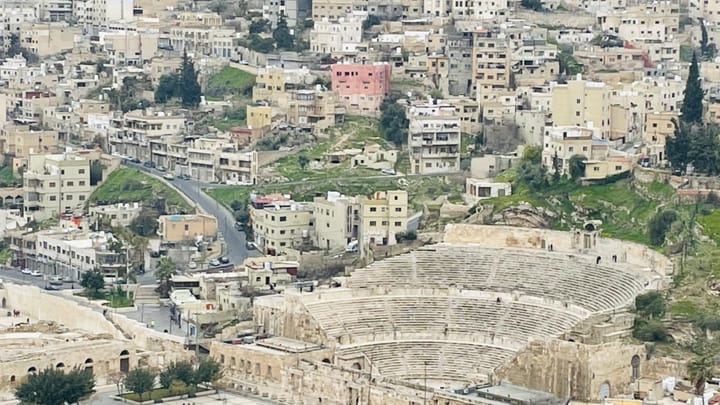Rio de Janeiro and the legacy of the 2016 Olympic Games

As 500,000 people descend on the Brazil’s famous beachside city of Rio de Janeiro this week, local business opportunities are booming. The 2016 Rio Megastore––largest pop-up souvenir store in the city––on Copacabana Beach is doing a roaring trade in officially licensed souvenirs. This is the first Olympics to be held in South America. It will bring together 10,500 athletes representing 206 countries over 17 days of competition, with 306 medals to be won across 42 different sports. As just one indicator of the scale of an event such as this, the hosts are required to provide over 14 million meals to nearly 70 venues in Rio’s four zones plus four Olympic football cities. Some 85,000 police have been deployed. Indeed, Rio 2016 is the most expensive in the 120-year history of the Games. And Brazil has clearly felt the strain. Yet, collapsing bridges and allegations of corruption, notwithstanding, the Games will open tonight in true Brazilian style.
Seven years after the International Olympic Committee announced Brazil’s success in biding for the Games, the Brazilian Government and the City of Rio de Janeiro must wonder if all this will be worth it. Will it lead to sustainable, long-term benefits for the city?
Two of the major international sporting events attracting significant attention are the Olympic Games and World Cup. There are important differences between the two, affecting their cost, return and long-term legacy: the Olympics are hosted by a single city and contain a wide range of sporting events, while the World Cup is (mostly) hosted by the an entire country with games played across a number of cities and towns. However, both are major events demanding high levels of public and private investment.
These high levels of investment are typically justified on the basis of likely economic returns they will produce. On the whole, these arguments appear to hold. But at what cost and what lessons can we learn?
South Africa’s 2010 World Cup
I was fortunate enough to be living in Johannesburg at the time of the 2010 World Cup. The joy and pride expressed by so many South Africans at hosting one of the most successful World Cups to-date was palpable and is probably impossible to measure.
All mega-events have their naysayers––and their advocates. It can be very hard to establish which of these to believe. While the truth is likely to be found somewhere between the two extremes, there are ways of ensuring events such as these stimulate long-term benefits.
Two years before the South African World Cup a predictive study argued the espoused benefits were overstated: “there remains a great deal of uncertainty regarding the overall impact of hosting the World Cup on the economy”. A study conducted one year after the Cup found that although the World Cup was not the salvation of the economy the government had hoped for, it did contribute to some remarkably positive socio-economic outcomes. It expanded the country’s international profile, increased GDP, upgraded infrastructure, and increased international exposure. While more direct forms of investment into the economy and infrastructure may have generated these benefits, the pace, scale and scope of these benefits would have been inconceivable without the Cup. Four years later, another study found the event attracted around 220,000 extra arrivals from non-Southern African Development Community (SADC) countries during the event, and 300,000 over the entire year, and estimated the total cost per extra non-SADC visitor amounted to US$13,000.
London 2012 Olympic Games
It is still too early to assess the full benefit of London 2012. A year after the event, a study by the Centre for Cities found there were positive benefits in terms of employment (many of which were short-term) and some marginal benefits in terms of international visitors.
The most interesting aspect of the London Olympics has been it’s impact on East London, a largely disadvantaged area of London. The Third Annual Olympic and Paralympic Legacy Report, published in 2015, describes how the London 2012 sought to catalyse the regeneration of east London through ‘convergence’–bringing socio-economic indicators in east London up to a par with the rest of London. This huge international event was used to catalyse public and private investment into an underdeveloped area of the London metropolis.
Olympic Park was described as ‘a catalyst for job creation’. An estimated 15,000 jobs will be created on the Park by 2025. The Growth Borough Unit, previously known as the Host Borough Unit, was established prior to the games with the challenge of narrowing the gap between the six East London Boroughs hosting the Games and the rest of London. Some of the targets it set have been achieved ahead of schedule including: reductions in crime, improved school attainment and a lowered share of the population without formal qualifications. These improvements are partly a result of population growth and gentrification. However, it is generally agreed the Olympics accelerated the time in which these benefits were realised.
While there is some argument regarding the real levels of positive benefit from mega-events such as those held in South Africa and London, there is general agreement these benefits take time before they are fully realised. In the case of the Barcelona Olympics, it took a decade.
How to maximise economic benefits from major sporting events
What does this mean for cities or countries considering a major event as a strategy for broader economic and social development?
One study into sporting events held across the UK recommend that cities wishing to maximise the economic returns from such events consider the following before they bid:
- The ability of the event to attract people from outside the host area, thereby reducing the ‘deadweight’ percentage of those attending;
- Generally the greater the absolute number of spectators the more significant the economic impact–junior events are likely to have the smallest impacts as they rarely attract many spectators;
- The economic impact is not necessarily a function of the status of an event in world sporting terms; and
- The number of days of competition and the availability of local commercial accommodation to allow visitors to extend their dwell times in the host area.
Another study examining the impact of a range of sporting events identified other important considerations:
- Don’t rely on the ‘trickle-down effect’: legacy does not happen naturally. Rather, long–term legacy needs to be carefully planned and implemented. Special attention needs to be paid to the processes and steps linking the event to positive outcomes, including the improvement of facilities and emphasis on grassroots sport participation.
- Take a long-term perspective: without a long–term perspective, legacy ambitions are unlikely to be achieved. For example, infrastructure needs to be built with long–term use as the priority and funding and resources need to be allocated to the post–games period. Event-related skills and training need to be capitalised upon in the post–games period in order to maximise the benefits.
- Good institutional organisation is important: ensure the roles and responsibilities across different organisations and agencies are well understood. Clear strategies and objectives are required to keep legacy plans focused and efficient as well as clear and reliable communication channels between different stakeholders. Without this, issues of power asymmetries and unequal relationships are likely to generate a feeling of cynicism and disillusionment. Joint decision-making, rather than a top-down approach, will maximise partnership benefits.
- Engage the local community: because of the lack of a ‘trickle-down effect’, emphasis needs to be given to grassroots participation in sport and cultural programmes as well as allowing the community to be part of the planning and delivery of these programmes. Community involvement can increase enthusiasm, commitment and pride. It helps reduce feelings of powerlessness and invisibility among local residents and communities and improves the overall positive attitudes towards the event.
While the costs and benefits of staging any event will come down to the specific requirements and returns associated with each case, there are important lessons for economic development policymakers and practitioners. The benefits of these events need to be clearly articulated. These should be explicitly framed within development strategies, with regular monitoring by key community, government and industry stakeholders.
It is easy to be distracted by the spectacle of events such as Rio 2016–as we are all likely to be over the next 17 days–but only careful planning and monitoring well before and after the fireworks of the closing ceremony fade away can ensure the legacy benefits of such events are realised.


